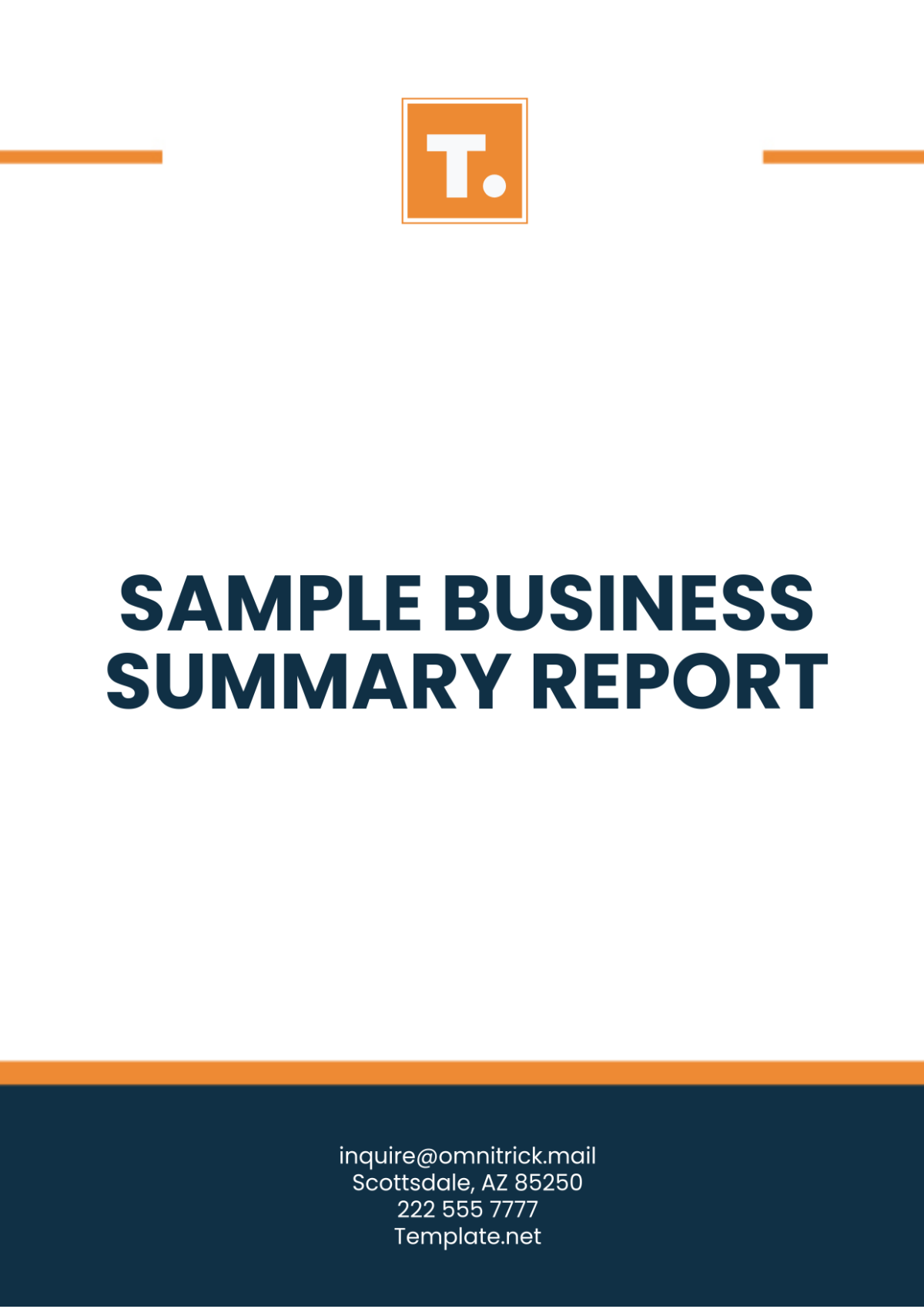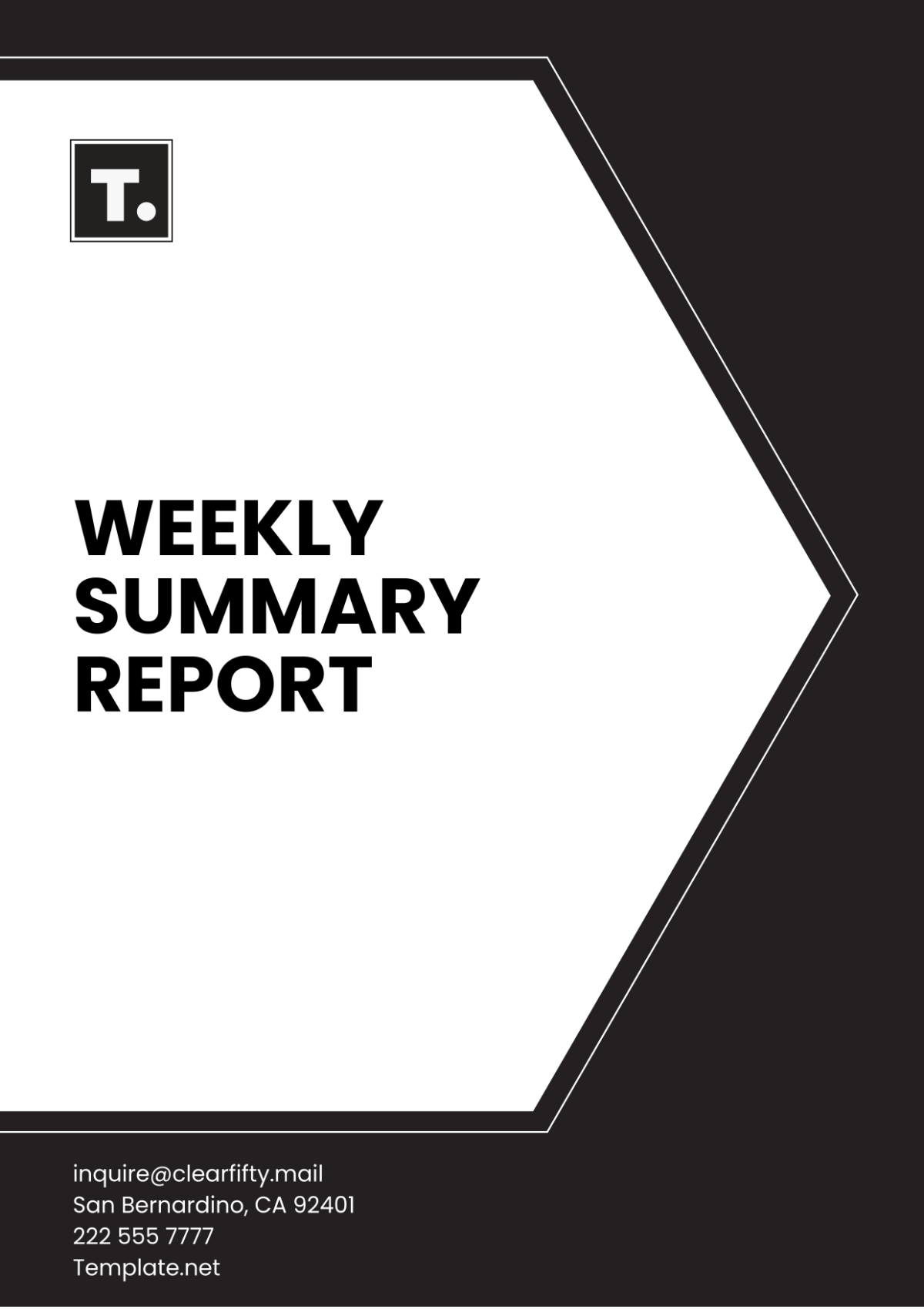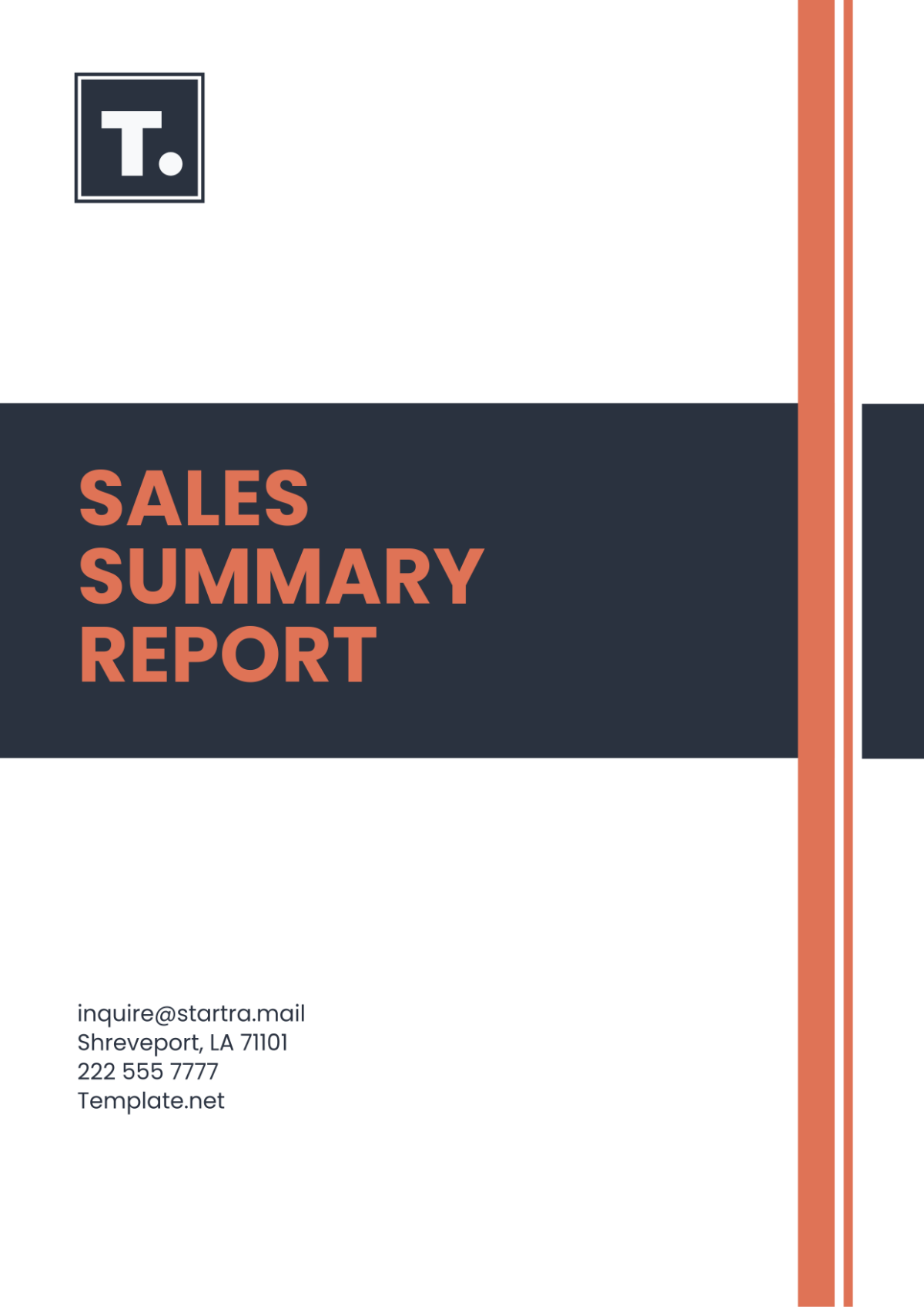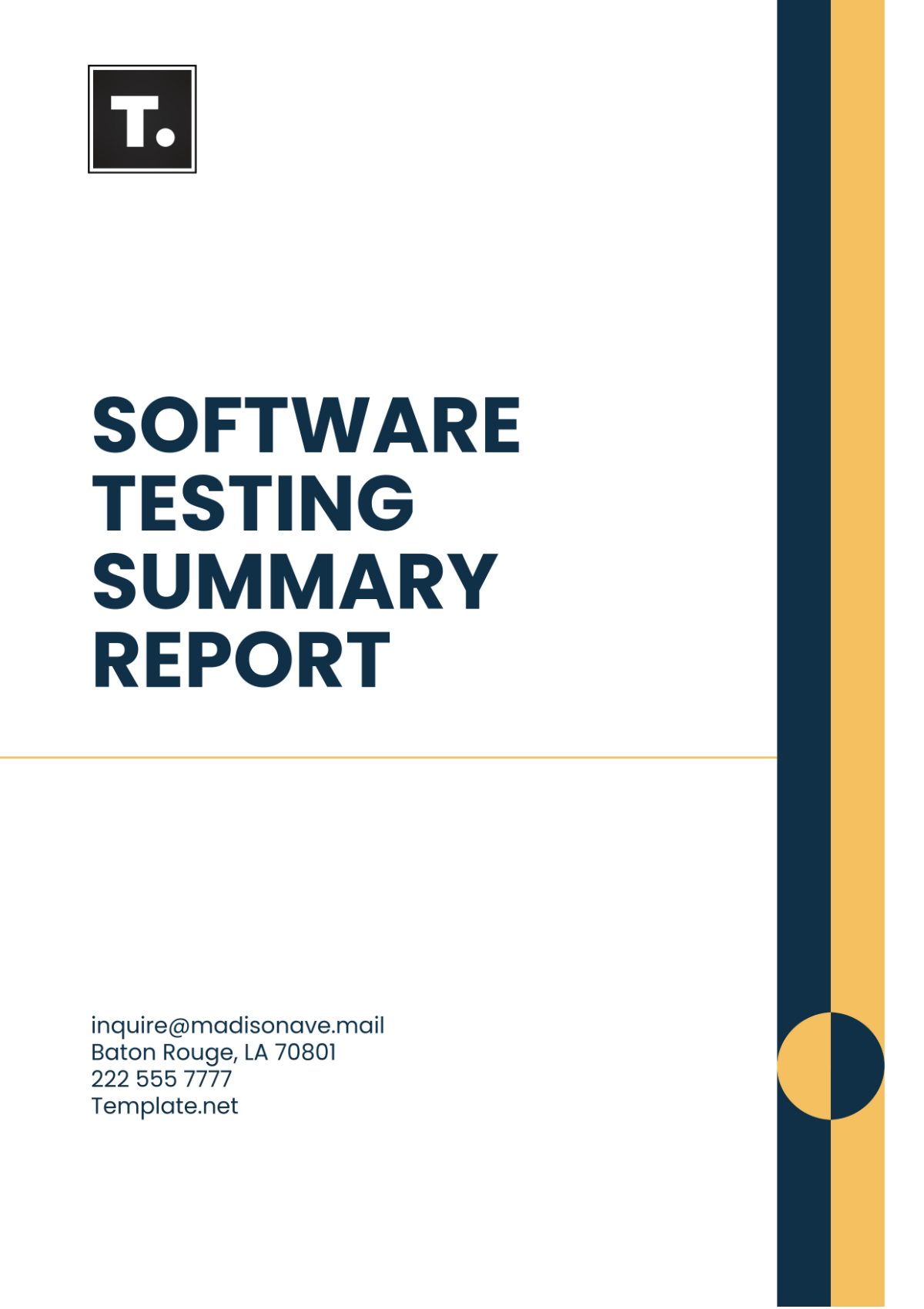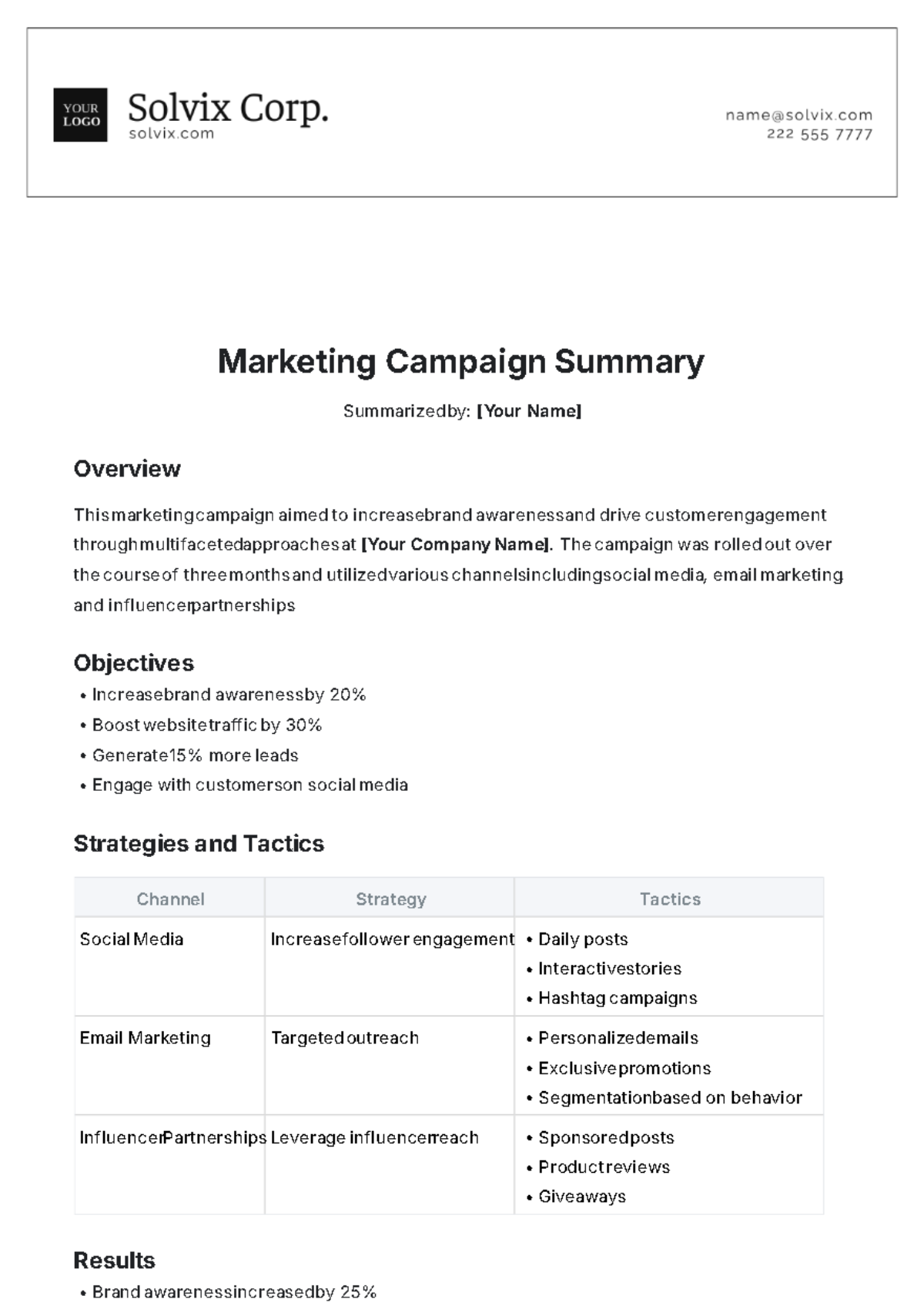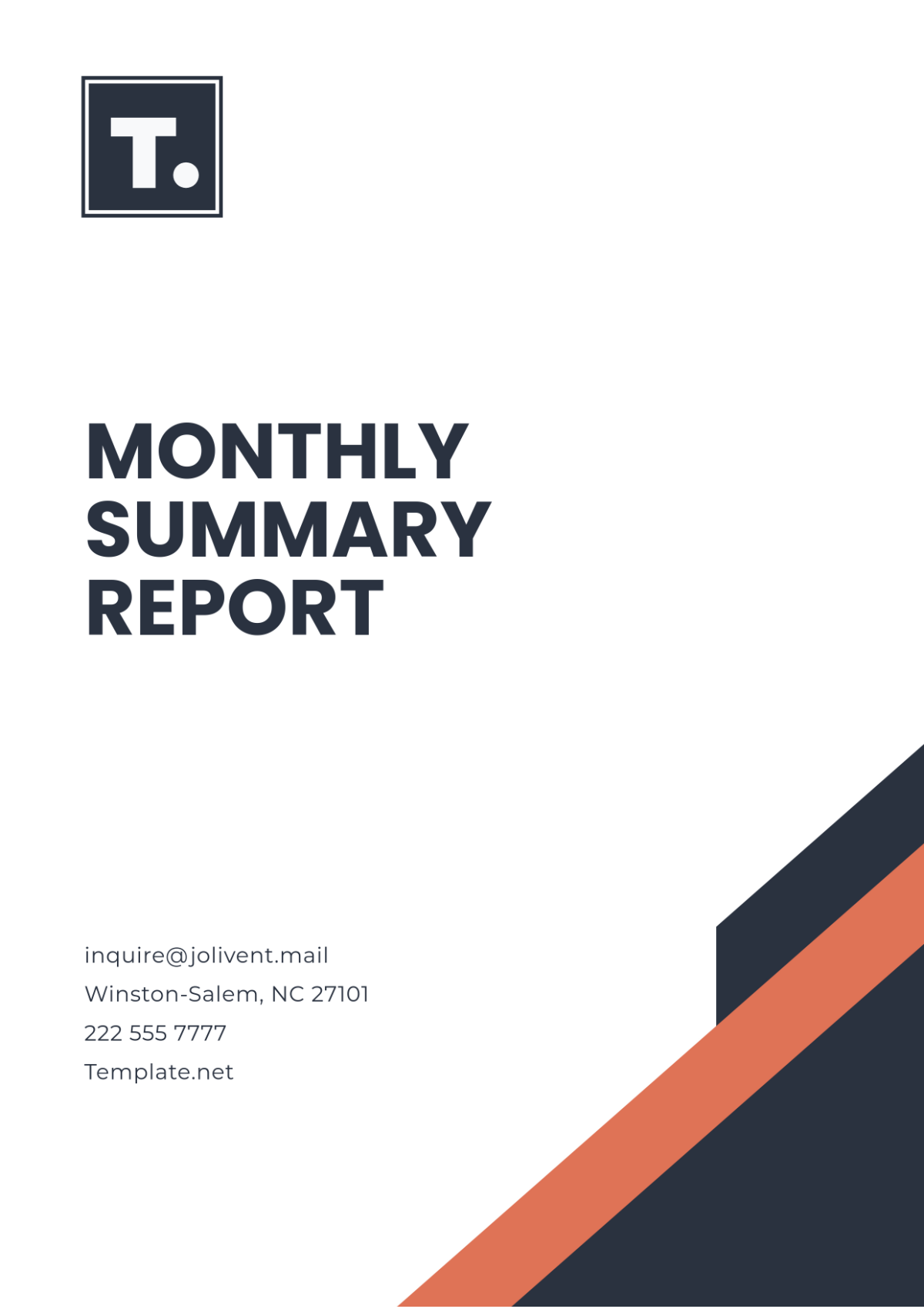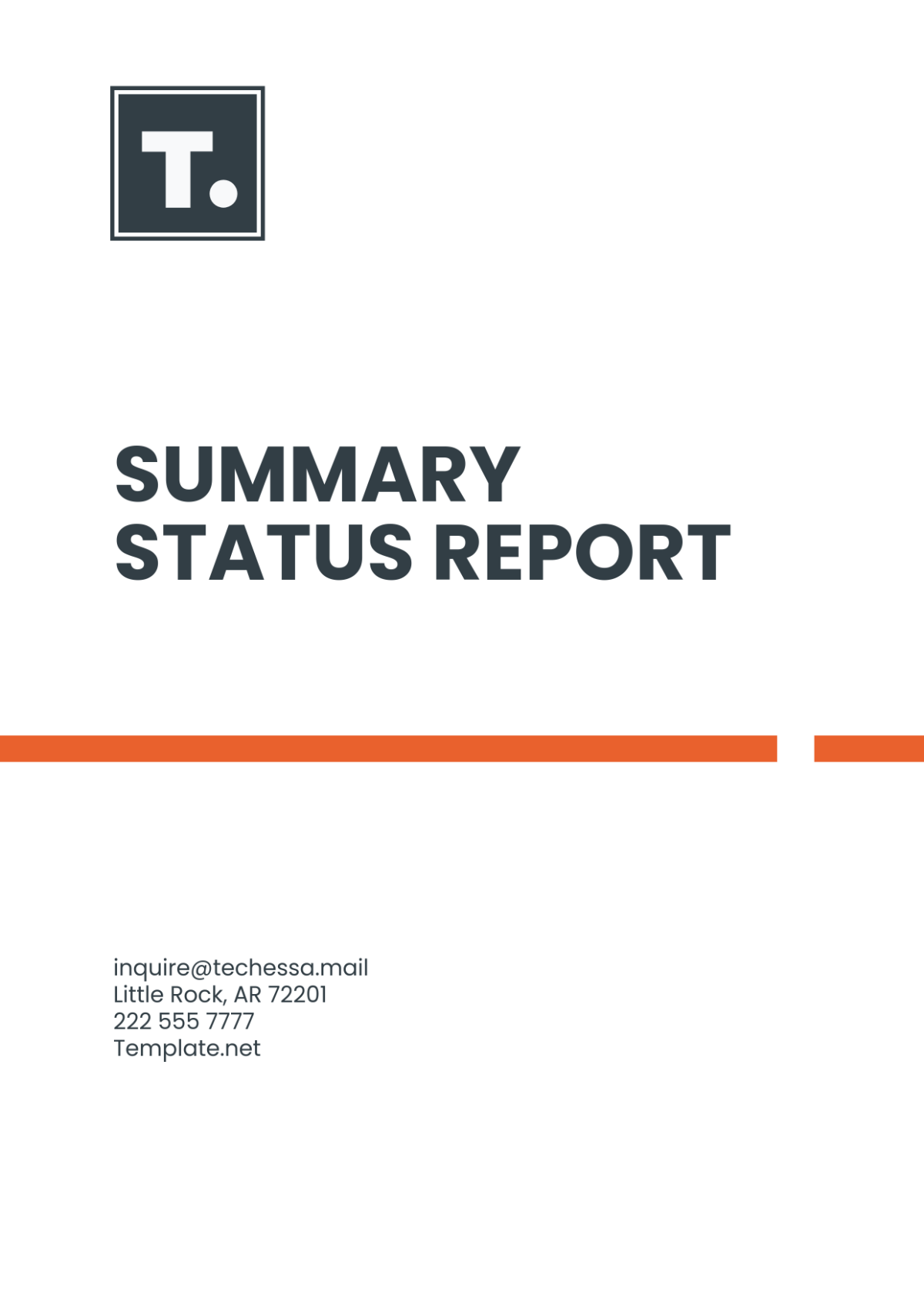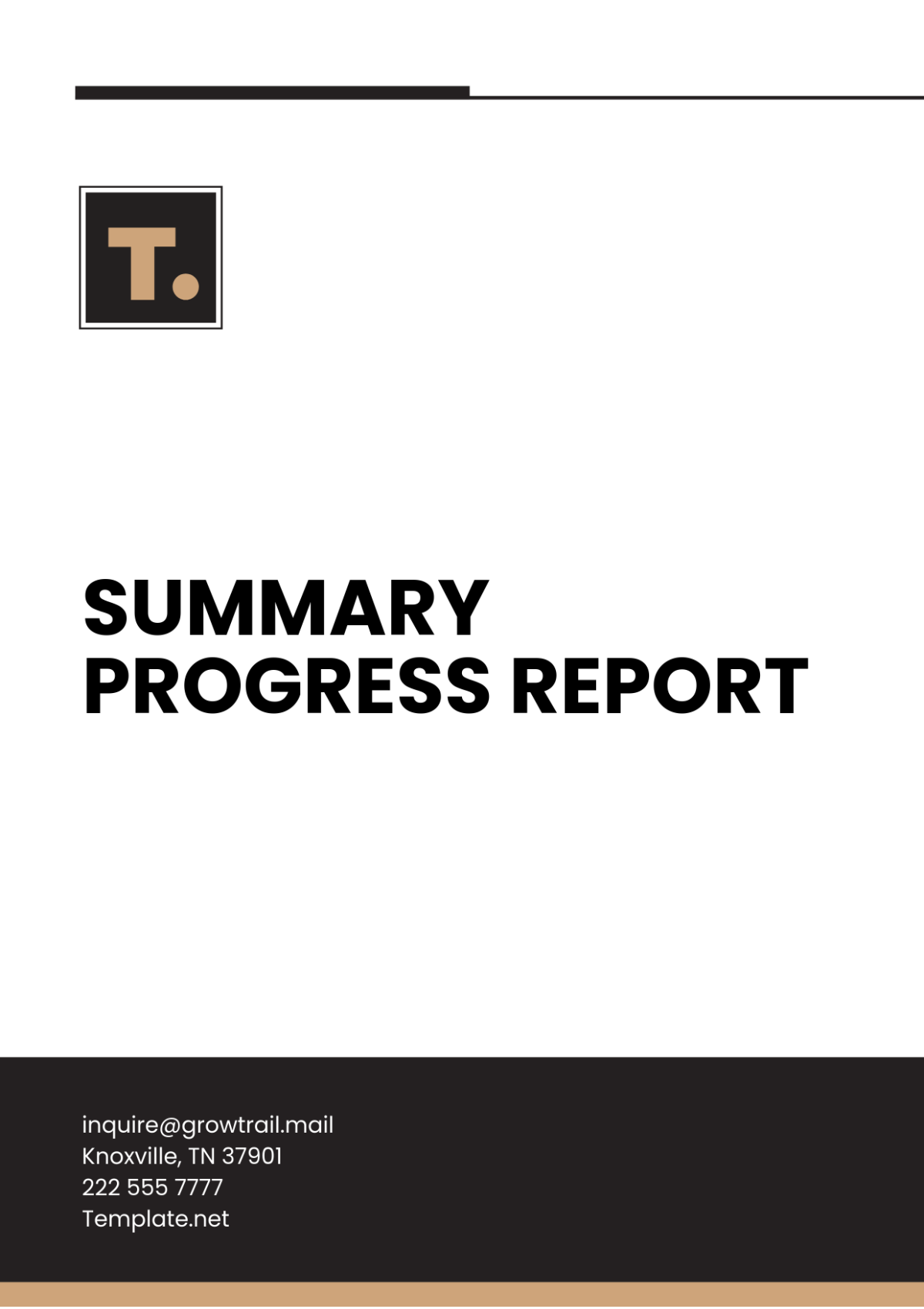Free Grocery Store Sales Summary Report Format Template
Grocery Store Sales Summary Report Format
I. Overview
This report provides a comprehensive analysis of grocery store sales for the previous quarter, encompassing all major aspects of sales performance. The primary objective of this report is to deliver a detailed and accurate representation of sales trends, customer behavior, and overall store performance. By examining key metrics such as total sales, average transaction value, and customer footfall, this report aims to identify patterns and provide actionable insights that can help in strategizing future sales initiatives.
The information is meticulously organized into several main sections and subsections, each designed to cover a specific area of sales performance. The sections include a breakdown of sales by category, weekly sales trends, top-performing products, and customer demographics. Additionally, the report highlights seasonal influences, promotional impacts, and any notable deviations from projected sales targets. The data is presented using a combination of tables, charts, and narrative descriptions to ensure clarity and facilitate easy interpretation. This structured approach enables stakeholders to grasp the nuances of sales performance and make informed decisions to drive business growth in the upcoming quarters.
II. Sales Performance
This section delves into the detailed analysis of sales performance for the quarter, providing a breakdown of total sales, category-specific sales, and regional distribution. The insights presented here are crucial for understanding overall sales dynamics, identifying strong and weak areas, and making data-driven decisions for future growth. By examining these metrics, stakeholders can gain a clearer picture of how different factors contribute to the store's financial performance and strategize accordingly.
We will explore the total sales figures, analyze sales across various product categories, and review the sales distribution by region. This comprehensive approach ensures that all aspects of sales performance are thoroughly assessed and understood.
A. Total Sales
The total sales for the quarter amounted to $5,000,000, reflecting a 10% increase compared to the previous quarter. This growth indicates a positive trend in consumer spending and overall store performance.
B. Sales by Category
Sales performance is analyzed by category to highlight which product segments contributed most to overall sales. This breakdown helps in identifying high-performing categories and areas that may require additional focus.
Category | Sales ($) |
|---|---|
Fruits & Vegetables | 1,200,000 |
Dairy | 800,000 |
Meat & Poultry | 1,000,000 |
Bakery | 700,000 |
Beverages | 1,300,000 |
C. Sales by Region
Regional sales distribution is detailed to show how different geographic areas contributed to total sales. Understanding regional variations aids in tailoring marketing and inventory strategies to meet local demands effectively.
The total sales for the quarter reached $5,000,000, marking a robust 10% increase from the previous quarter. This growth demonstrates a solid upward trend in sales performance, reflecting improved consumer spending and effective sales strategies. The monthly breakdown further supports this positive trend, with March showing the highest sales of $1,900,000, indicative of a strong end to the quarter.
When examining sales by category, Beverages emerged as the top performer with $1,300,000 in sales, highlighting a strong consumer preference in this segment. Fruits & Vegetables and Meat & Poultry also showed substantial contributions, while Dairy and Bakery lagged slightly. This distribution suggests that promotional efforts or seasonal trends may have particularly benefited certain categories.
Regionally, the South led with $1,500,000 in sales, significantly outperforming other regions. This suggests that regional strategies in the South are particularly effective, while similar strategies could be explored or optimized for the North, East, and West regions to enhance overall performance.
III. Customer Insights
This section offers a detailed analysis of customer demographics and buying patterns to better understand the consumer base and their purchasing behaviors. By examining these aspects, we can gain valuable insights into who our customers are and how they interact with the store, which is essential for tailoring marketing strategies and improving customer satisfaction.
The subsequent subsections provide a comprehensive look at the demographics of our customers and their buying habits, including peak shopping hours, popular product categories, and the spending behavior of loyalty card members. This information helps in identifying key customer segments and optimizing store operations to meet their needs more effectively.
A. Customer Demographics
The customer demographics are as follows:
Age Group | Gender | Average Household Income |
|---|---|---|
25-34 years | 55% Female, 45% Male | $60,000 |
B. Buying Patterns
Key observations on customer buying patterns include:
Key Observations | Details |
|---|---|
Peak shopping hours | 5 PM - 7 PM |
Most purchased items | Fresh Produce, Dairy Products |
High spenders | Loyalty card members |
IV. Market Trends
This section explores current market trends impacting the grocery store, focusing on seasonal trends and competitive dynamics. Understanding these trends provides valuable insights into customer preferences and competitive pressures, which are crucial for strategic planning and maintaining a competitive edge.
By analyzing seasonal sales patterns and the competitive landscape, we can identify opportunities for growth and areas that require strategic adjustments. This information helps in adapting product offerings and pricing strategies to align with market demands and enhance overall store performance.
A. Seasonal Trends
Seasonal variations have a significant impact on consumer purchasing patterns. Analyzing these trends allows us to align our product offerings and marketing strategies with changing customer preferences throughout the year. By adapting to these seasonal shifts, we can enhance customer satisfaction and drive sales during key periods.
Winter: During the winter season, there is a noticeable increase in sales of hot beverages such as coffee and tea, along with soups and comfort foods. This trend reflects consumers’ preference for warming, hearty options during colder months. Store promotions and stocking strategies should focus on these high-demand items to capitalize on seasonal consumer behavior.
Spring: In the spring, sales of fresh vegetables and fruits see a significant rise, driven by the desire for healthier, lighter food options as the weather warms up. Spring also brings about an increased interest in seasonal produce, making it an ideal time to promote fresh, locally sourced items and enhance produce displays.
B. Competitive Analysis
The competitive landscape reveals significant challenges and opportunities. Local organic stores are posing strong competition, appealing to health-conscious consumers with their organic and sustainably sourced products. To counteract this, our store could consider expanding its range of organic offerings or highlighting the quality and sourcing of its products.
Additionally, price wars with discount grocery chains have intensified, impacting overall sales margins. To remain competitive, it is essential to adopt strategic pricing, improve operational efficiency, and emphasize unique selling points such as superior customer service or exclusive products. Analyzing competitors’ pricing strategies and market positioning will help in devising effective counter-strategies.
V. Recommendations
Based on the comprehensive analysis of sales performance, customer insights, and market trends, several key recommendations are proposed to enhance overall sales performance and competitiveness:
1. Implement Targeted Marketing Strategies for Peak Shopping Hours: To maximize revenue during peak shopping hours, specifically from 5 PM to 7 PM, it is crucial to develop targeted marketing campaigns. Consider offering time-limited promotions or discounts during these hours to attract more customers and increase average transaction values. Additionally, enhancing in-store signage and digital advertising during these peak times can help capture customer attention and drive sales.
2. Expand the Organic Product Range: In response to strong competition from local organic stores, it is advisable to broaden the store’s organic product offerings. By introducing a wider variety of organic products, including fruits, vegetables, and pantry staples, the store can appeal to health-conscious consumers and differentiate itself from competitors. Partnering with reputable organic suppliers and promoting these products through in-store displays and marketing materials can further strengthen the store's position in this growing market segment.
3. Offer Additional Discounts and Loyalty Rewards to High Spenders: High spenders, particularly loyalty card members, represent a valuable customer segment. To retain and further engage these customers, consider implementing additional discounts and loyalty rewards tailored to their purchasing behaviors. Personalized promotions, exclusive offers, and reward programs can incentivize repeat business and increase customer retention. Regularly reviewing and updating the loyalty program based on customer feedback and spending patterns can enhance its effectiveness and appeal.
4. Monitor Seasonal Trends and Adapt Inventory Accordingly: To stay ahead of changing consumer preferences, it is essential to closely monitor seasonal trends and adjust inventory levels accordingly. For example, increasing stock of hot beverages and soups during winter, and fresh vegetables and fruits during spring, can help meet demand and optimize sales. Implementing a dynamic inventory management system that integrates sales data with seasonal trends will ensure that popular items are always in stock and reduce the risk of overstocking less popular products.
By executing these recommendations, the grocery store can improve its sales performance, enhance customer satisfaction, and maintain a competitive edge in the market.


